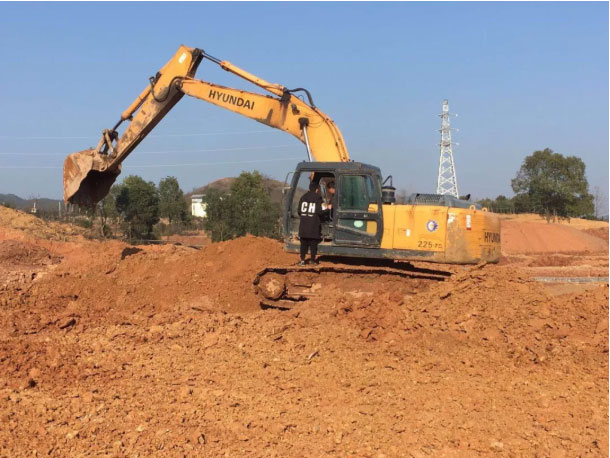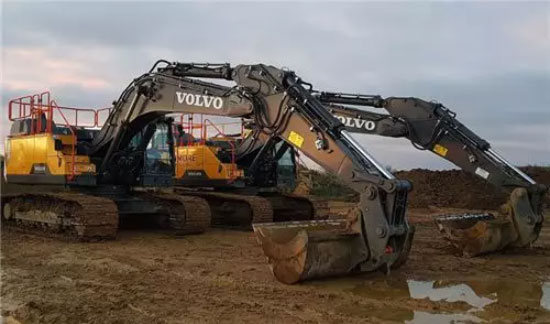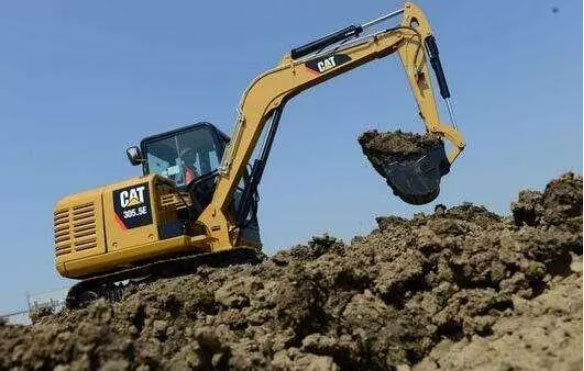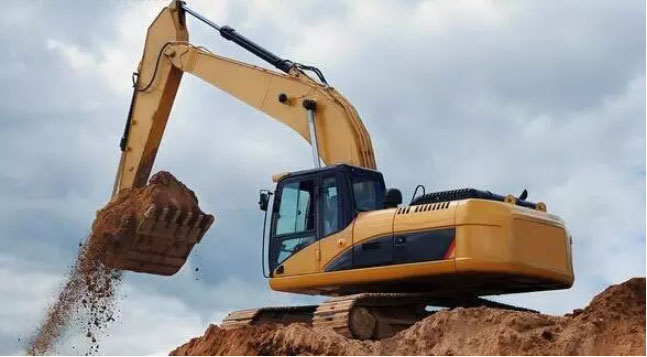


With the upgrading of technology for excavators, modern excavators mostly adopt the machine-electric-hydraulic, integrated control mode. According to the fault conditions reported by users, most of them are engine-hydraulic pump-distribution valve-external load matching. Experienced technicians will know that if these aspects do not match, the excavator may experience a decrease in engine speed, a slower working speed, and weaker excavators. So, in daily maintenance, how to pay attention to the maintenance of the excavator for these issues? Here are some maintenance tips.
I engine speed drops
The first step is to test the output power of the engine. If it is at the construction site, and the output power of the engine is much lower than the rated power, then we can start with the simplest method:
1. Check the filter
See if the fuel filter is clogged if there is any air leakage in the fuel circuit, whether the plunger, fuel injection head, and fuel valve in the fuel pump are seriously worn, and whether the air filter intake is smooth.
2. Check the engine
If the engine is fast and hot, if the viscosity of the oil decreases, the compression ratio of the cylinder wall will not be tight.
At the same time, it is also necessary to check whether serious string gas in the cylinder is caused by the wear of the cylinder liner components and the engine valve is not tightly closed. These factors will seriously affect engine power.
If the insufficient output power of the engine is ruled out, the matching problem between the flow of the hydraulic pump and the output power of the engine must be considered.
In addition, if the engine has a turbocharger, also check whether the turbocharger is damaged.
During the construction of a hydraulic excavator, the speed and load (flow and pressure) are inversely proportional to the load requirements of the operation, that is, the product of the pump's output pressure and flow is a constant, and the output power of the pump is constant or approximately constant;
If the pump control system fails, the optimal matching state of the engine-pump-valve-load in different operating conditions can not be achieved, so that the excavator cannot operate normally.
So we must master the excavator control systems produced by various manufacturers. Such as Daewoo's EPOS system, Kato's APC system, Komatsu CLSS system, etc.
When dealing with faults, we must analyze and confirm from simple to complex one by one. Modern excavators are machine-electric-hydraulic integrated products with high technical content, so when dealing with faults, generally start with the electrical system, then check the hydraulic system, and finally check the mechanical transmission system.

II Slow working speed
1.Long-term excavator
If it is an excavator that has been used for many years, the speed gradually becomes slower, which is caused by normal wear and tear. The wear of the whole machine will cause the engine power to drop and the hydraulic system to leak internally. Naturally, a series of faults have been manifested.
If it is caused by internal energy consumption due to leakage, a large amount of thermal energy is generated, which causes the entire system to rapidly heat up, and the viscosity of hydraulic oil and engine oil decreases.
The entire system generates high temperature, and the external performance is: the cooler the car is, the faster and hotter, the slower it becomes.
2. New machine
If the new excavator suddenly slows down, this must be simplified first and then complicated. Check from the following aspects:
★ First, check whether the circuit fuse is open or short;
★ Whether the pilot pressure is normal;
★ Servo control valve-whether the servo piston is stuck;
★ Distributor merge fault;
★ Excluded other possibilities, and finally dismantled the hydraulic pump.
III Low-efficiency excavator
There are 2 aspects:
1. The engine drops sharply when the external load is large
The specific performance is:
① Check the engine power as described above.
② Check whether the hydraulic displacement follows the constant power output. That is, without affecting the speed, adjust the swashplate angle to reduce the displacement.
2. The engine does not slow down when the load is heavy, and the system speed is normal.
This requires debugging system pressure.
Because the hydraulic components used by various manufacturers are different from the hydraulic system, the pressure of each hydraulic cylinder is also different, as long as the debugging according to the manufacturer's specified standards.
In addition, if the pressure of the relief valve cannot be adjusted and the relief valve is in good condition, it is necessary to check the adjustment system of the hydraulic pump, and even the cylinder body, the distribution plate, and the plunger of the hydraulic pump.

Common faults of excavators are manifested in the above aspects. With the increase in the use of excavators, some common failures often occur in construction operations, and users who generally use excavators for more than one or two years can understand some.
For example, if the excavator walks sideways, users can immediately realize:
Damaged walking distribution oil seal (also known as center rotary joint oil seal);
The two hydraulic pumps have different flows;
There is a problem with the motor while walking.
Such as the hydraulic cylinder quickly drains, the user can immediately realize:
The safety relief valve is not tightly closed, or the cylinder oil seal is seriously damaged, etc.
However, these common surface faults are far from suitable for the repair market for some professional repair shops. But for ordinary owner owners, these common excavator failures, we still need to know more!
